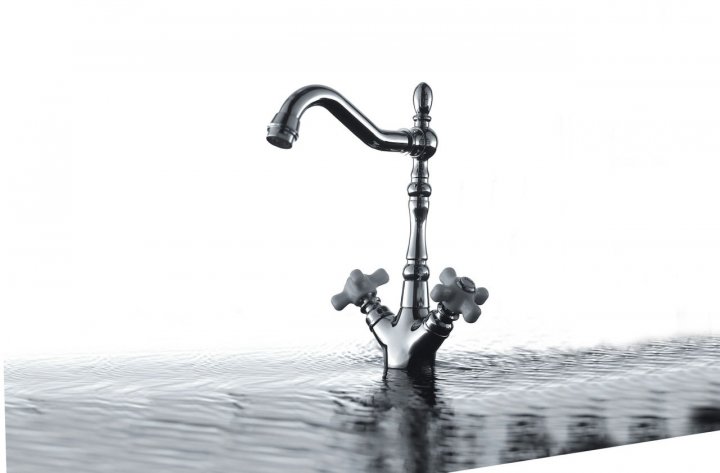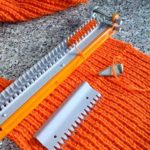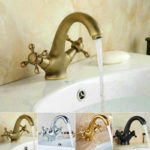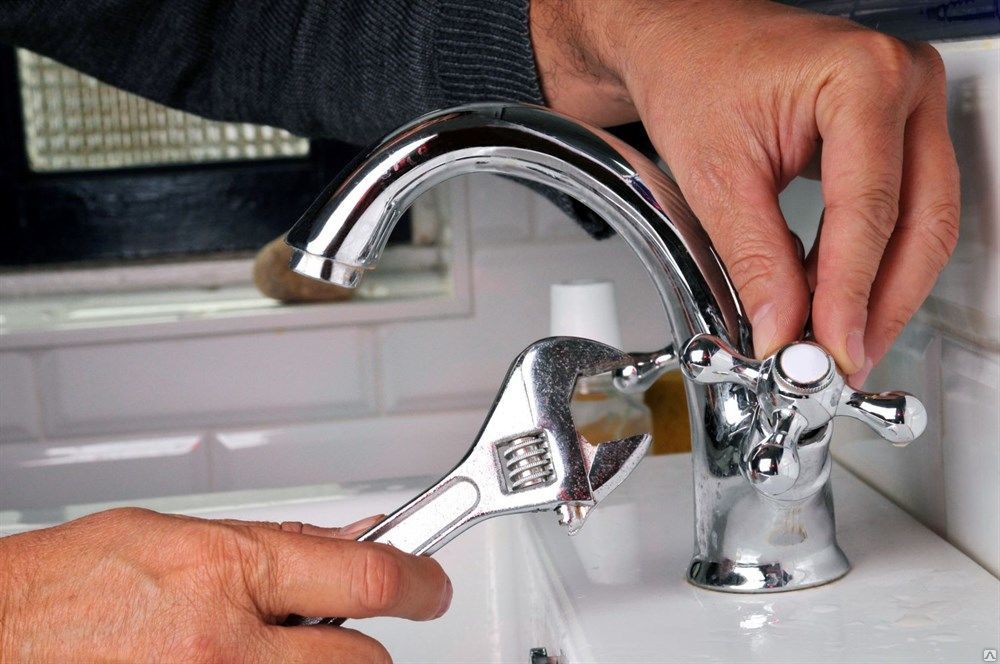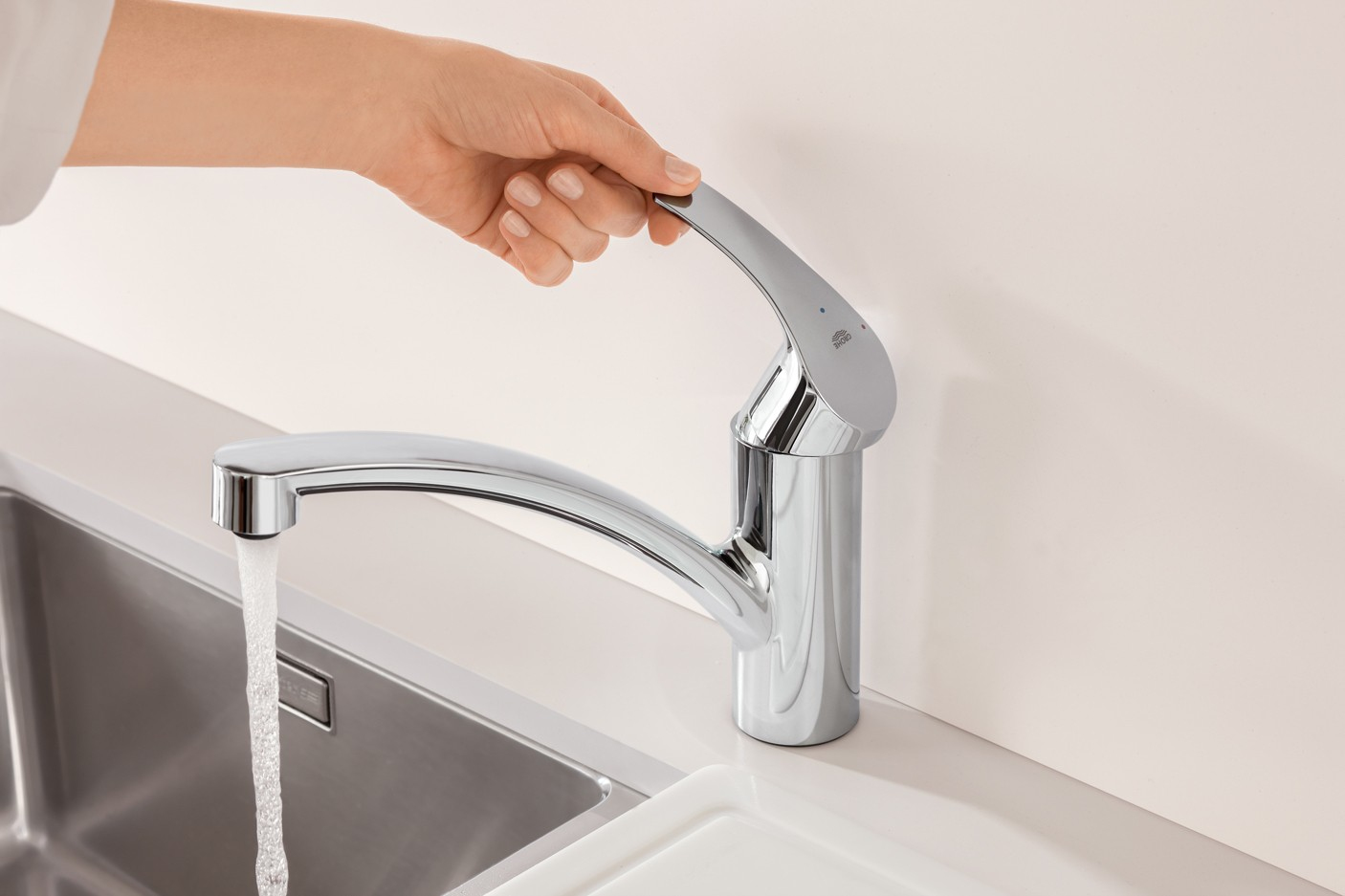Silumin or brass, which faucet is better?
Brass and silumin faucets in a new state are practically no different from each other, and both can become an adornment of your design at first. However, a mistake in choice can be decisive and affect the reliability and durability of the product.
Better - brass. Silumin wins in cost. However, in a year and a half, when numerous repairs will be required, including a complete replacement of the mixer, you will still have to spend money.
The content of the article
Features of brass faucets
This material is a mixture of copper and zinc alloy, the latter giving better machinability, making the faucet much cheaper than its pure copper counterpart. In addition, it gives brass increased corrosion resistance and the ability to withstand sudden temperature changes, so such faucets can serve reliably for a long period of time without losing their performance properties.
Initially, brass has a light golden color (which is why it is also used in the jewelry industry), but in most cases, taps are coated with another material: nickel, bronze or chrome, with the latter being the most common. The chrome surface shines with a mirror-like shine, but stains and fingerprints remain on it, so it requires more frequent cleaning than matte. Nickel-plated faucets have it.
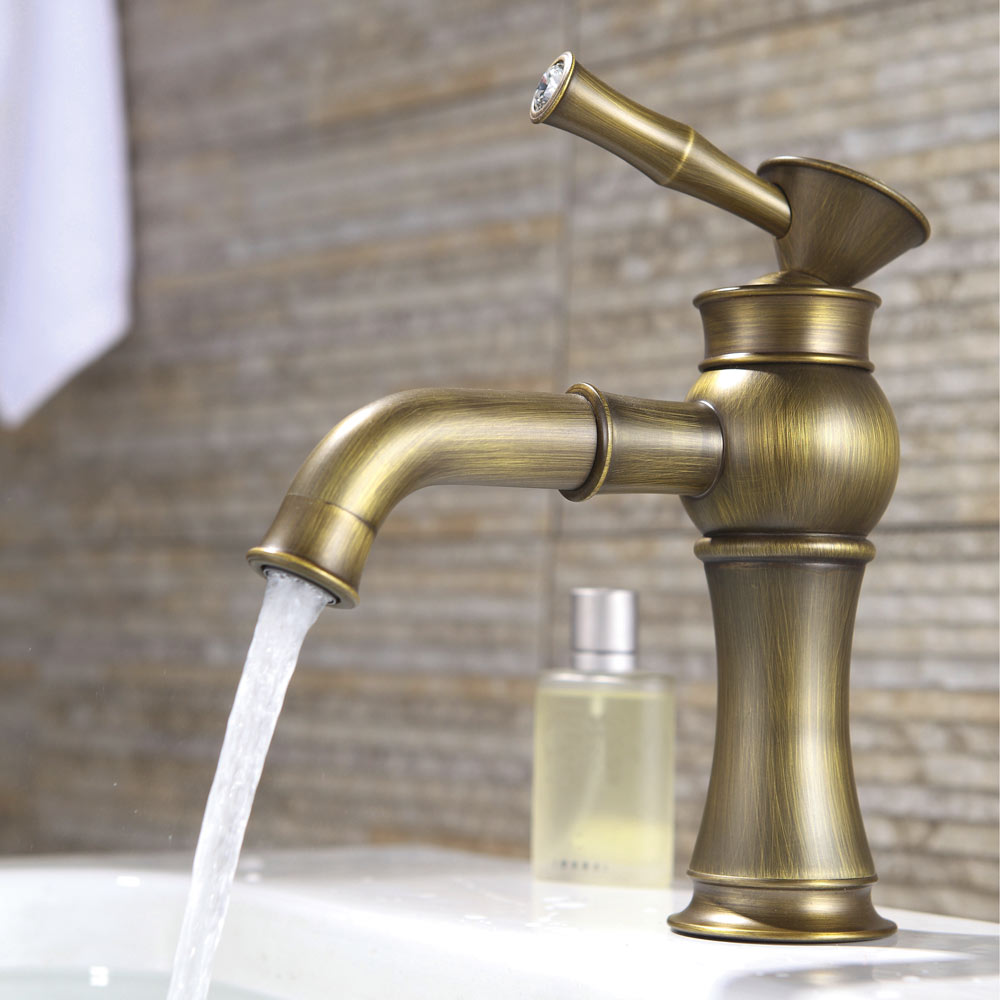
There are also taps with a coating that is similar to bronze. The characteristic brown tint is given to it by the epoxy resins contained in the composition. This option is much higher quality and more reliable than products made from pure bronze.
There are also elite gold-plated or silver-plated models that will look luxurious in rich interiors.
Brass faucets are durable, easy to repair (and European manufacturers of plumbing fixtures, as a rule, use the same standard sizes) and durable (their service life reaches 5 years or longer), but they also have disadvantages. For example, they are not very resistant to scratches and chips, but this does not affect their performance.
If you purchase a brass faucet without a surface coating, keep in mind that over time a greenish coating will form on it, which, however, can be easily removed with improvised means. In addition, the cost of brass taps is often too high.
Nowadays a trend has emerged among interior designers - multi-colored faucets. They are given the required color or pattern using powder coating.
Brass taps are used absolutely everywhere: in apartments and public places, in kitchens and bathrooms. Depending on the design and coating, they can fit into any interior style: from classic to modern.
Sometimes manufacturers, wanting to save money, make brass faucet handles from plastic. This is an unreliable option that should be avoided as much as possible.
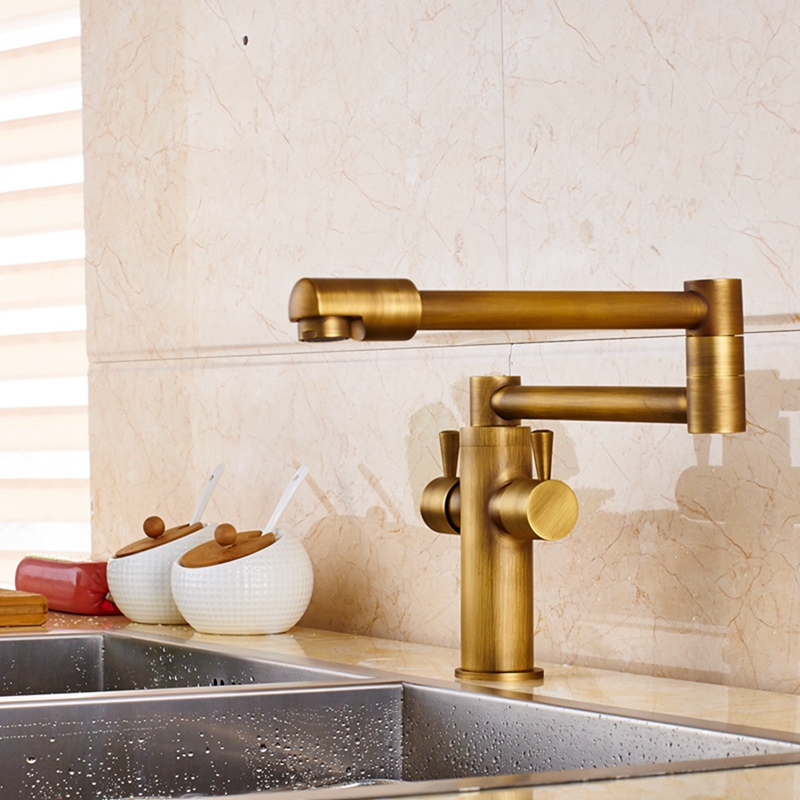
Characteristics of silumin mixers
This material consists of approximately 90% aluminum and 10-15% silicon (or, in more complex alloys, contains other alloying elements).It was invented in the 20th century and used in aircraft production, as well as in shipbuilding and space industrial activities. Plumbing fixtures began to be made from it relatively recently.
At the moment, silumin occupies about 55% of the plumbing fixtures market.
Thanks to the properties of silumin, the crane is characterized by lightness, wear resistance and corrosion resistance. In addition, it is distinguished by its plasticity and ease of processing, so there are a huge number of design solutions for such products. On the plumbing market you can find silumin faucets for every taste.
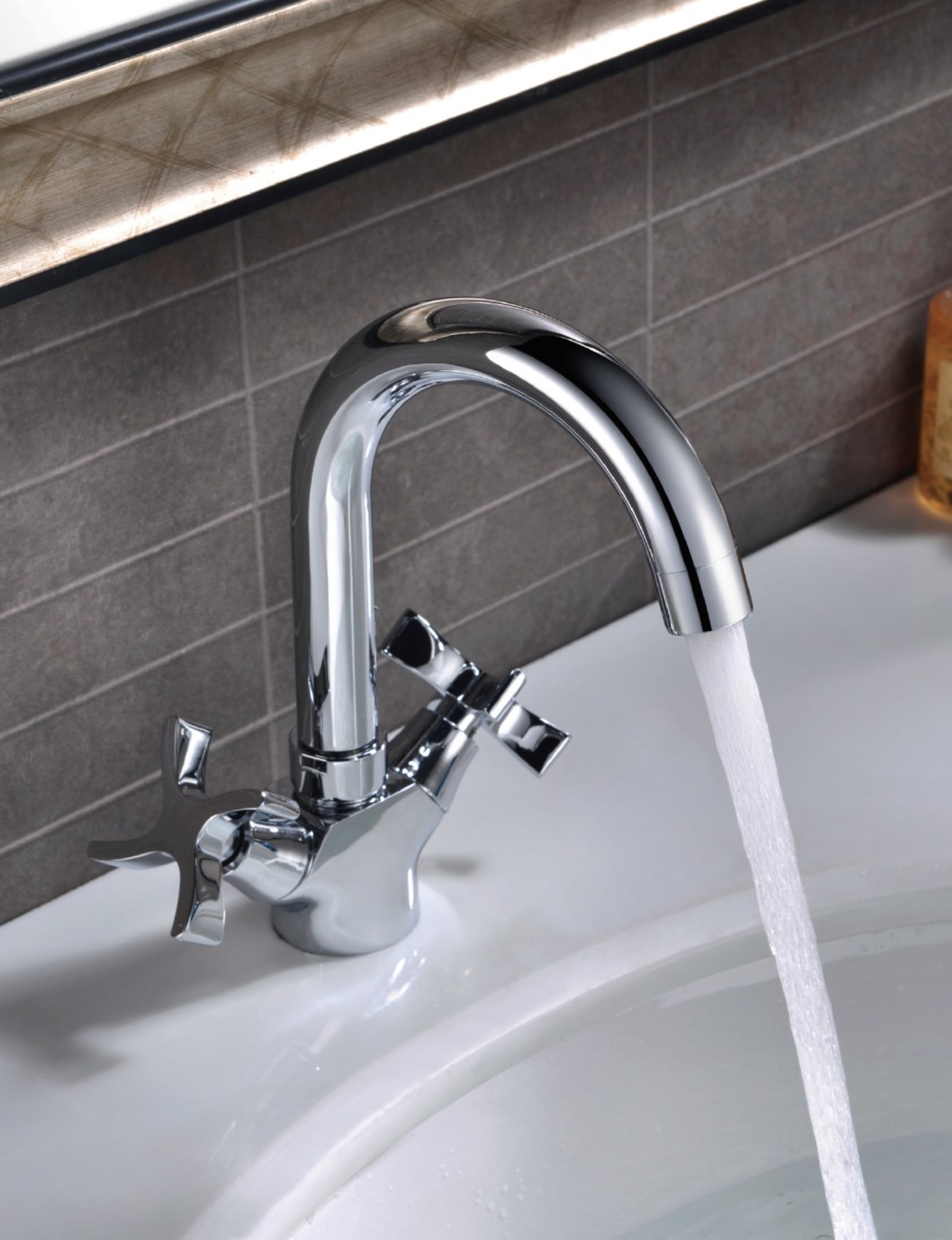
But they have disadvantages, more significant than their advantages. This is a very short service life, which takes no more than a year and a half. After this, users of such faucets complain about leaks and breakdowns, and repairs in this case do not help: when replacing the gasket or sealing cracks, the leak appears in another place after a short time. Therefore, only a complete replacement of the device will be cheaper and more effective.
In addition, faucets made of silumin very quickly lose their presentation, becoming covered with scratches and abrasions. The inside of the faucet quickly becomes covered with limescale, which can lead to blockage.
Also, silumin mixers are incredibly fragile: you can literally break them with your hands.
The question may arise - why is such plumbing needed? Typically, silumin taps are purchased for dachas, since they are not used there as often as in houses, and therefore they last longer. Moreover, they usually have the lowest price of all materials.
For the same reason, they are purchased for temporary housing.
How to distinguish brass from silumin
Outwardly, they are in no way different from each other - both can have either a shiny or matte surface, as well as a wide variety of designs. But there are some details.
First of all, it's cost. For a silumin mixer it will always be lower than for a brass one. So you will have to pay more for durability, but in this case the benefit is 100% payback.
Another nuance is weight. Silumin is lighter. However, this was the case until recently; now manufacturers have learned to add heavy metals to it in order to pass it off as another material.
Be sure to check the technical documentation of the product: it should be marked “Al”. If you see the letter “L”, then most likely you are dealing with silumin.
As already stated, this point doesn't matter when your main goal is to save money. If long service life is important to you, brass is the leader by a huge margin.
So we figured out how these materials differ from each other, and which one is better according to various criteria. But which of these is more important is up to you to decide for yourself.
